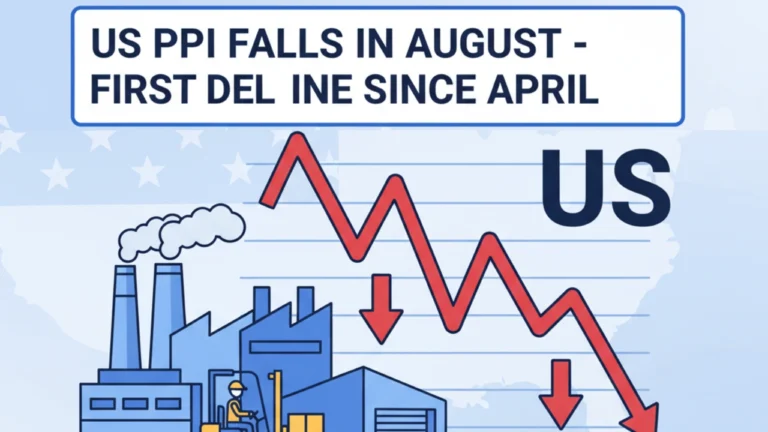2026 Social Security COLA Increase: What Retirees Can Expect From the 2.7% Raise

For millions of Americans who rely on Social Security, the annual Cost-of-Living Adjustment (COLA) is a lifeline that helps them keep up with the rising cost of everyday essentials. In 2026, retirees are expected to see a 2.7% increase in their Social Security checks. While that sounds like good news, a significant portion of this raise may be offset by rising Medicare premiums. Let’s dive into the details and what it truly means for retirees across the United States.
What Is the 2026 COLA Increase?
The projected 2026 Social Security COLA stands at 2.7%. For the average retiree who currently receives about $2,006 per month, this means an additional $54 each month or about $650 per year.
This adjustment is designed to help seniors maintain purchasing power as inflation changes the cost of goods and services. However, while the increase is welcome, it may not stretch far enough to cover rising healthcare and household costs.
How the COLA Is Calculated
Recent Articles
Every year, the Social Security Administration (SSA) determines the COLA based on the Consumer Price Index for Urban Wage Earners and Clerical Workers (CPI-W). The calculation uses inflation data from July through September.
-
If inflation is high, the COLA rises.
-
If inflation is lower, the COLA remains modest.
The 2.7% figure reflects a period of moderate inflation. While this is an improvement compared to some past years, it is smaller than the larger COLAs retirees received when inflation spiked in 2022 and 2023.
What the 2.7% Raise Means in Real Dollars
Let’s put this increase into perspective for the average retired worker.
-
Current average monthly benefit: $2,006
-
Projected increase: $54 per month
-
New estimated average benefit in 2026: $2,060 per month
This means the average retiree will gain about $650 over the course of the year. On its own, this may sound significant. But once other costs, particularly healthcare, are factored in, the actual impact on retirees’ wallets will be much smaller.
The Medicare Part B Premium Catch
Here is the part many retirees find frustrating. Medicare Part B premiums are expected to increase by about $21.50 per month in 2026. Since these premiums are automatically deducted from Social Security checks, retirees will not see the full $54 boost in their bank accounts.
Nearly 40 percent of the COLA increase will be consumed by Medicare premium hikes. For many retirees, that reduces the effective monthly gain to about $32.
This highlights a long-standing challenge: even when Social Security benefits go up, rising healthcare costs often eat away at the increase.
Why Retirees Still Feel Financial Pressure
Although COLA is designed to help Social Security keep pace with inflation, the formula does not always reflect the real spending patterns of older Americans.
-
Seniors typically spend more of their income on healthcare.
-
Medical costs rise faster than the categories measured by the CPI-W.
-
Housing, food, and utility costs continue to squeeze household budgets.
As a result, even with the 2.7% COLA, many seniors may still struggle to keep up with their true cost of living.
The Bigger Picture: The Future of Social Security
The 2026 COLA increase offers short-term relief, but it does not solve long-term challenges facing the Social Security system. According to the latest reports, the trust fund that pays retirement benefits could face shortfalls within the next decade if Congress does not act.
This adds a layer of uncertainty for current retirees and younger Americans who are planning for retirement. While benefits are not expected to disappear, potential changes such as reduced payments or delayed eligibility ages could affect future retirees.
How Retirees Can Make the Most of Their Benefits
Retirees cannot control the COLA or Medicare costs, but they can take steps to better manage their finances.
-
Review Medicare Coverage Annually – Compare plans during open enrollment to find one that offers the best balance of cost and coverage.
-
Delay Claiming Benefits if Possible – Waiting until age 70 can significantly increase monthly checks.
-
Plan for Inflation in Budgets – Build in room for rising prices on groceries, utilities, and healthcare.
-
Explore Additional Income Sources – A part-time job or freelance work can help cover extra costs.
-
Use Senior Discounts and Tax Breaks – Many companies and local governments offer savings that add up over time.
When Will the Final COLA Be Announced?
The official 2026 COLA will be announced in October 2025, once the government reviews the final third-quarter inflation data. Retirees will see the updated benefit amount starting in January 2026.
Final Thoughts
The 2026 Social Security COLA increase of 2.7% is a mixed bag. On one hand, it provides retirees with extra income to help offset inflation. On the other, higher Medicare Part B premiums will swallow a significant share of that raise.
For many Americans living on fixed incomes, the reality may feel like running just to stay in place. Still, every increase matters, and with careful financial planning, retirees can stretch their dollars further.
FAQs About the 2026 COLA Increase
1. How much will Social Security increase in 2026?
The projected COLA is 2.7%, which equals about $54 more per month for the average retiree.
2. When will the official COLA be announced?
The Social Security Administration will release the official COLA in October 2025.
3. Will Medicare costs affect my raise?
Yes. Medicare Part B premiums are expected to rise by about $21.50 per month, reducing the net gain for retirees.
4. Why does the COLA not fully match senior expenses?
The COLA is based on CPI-W, which does not fully capture seniors’ spending on healthcare and housing.
5. What can retirees do to cope with rising costs?
Strategies include reviewing Medicare plans, delaying benefits if possible, budgeting for inflation, seeking additional income, and using senior discounts.







